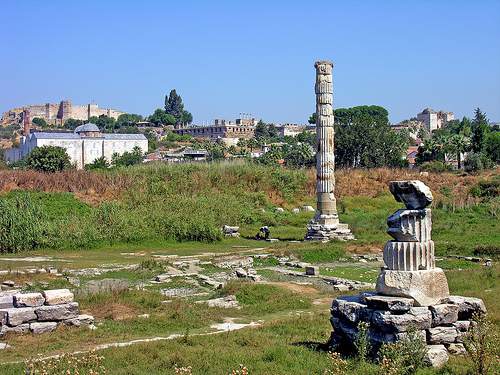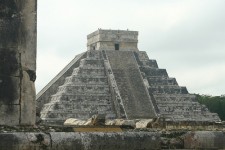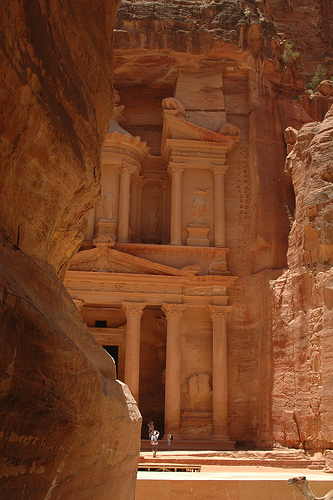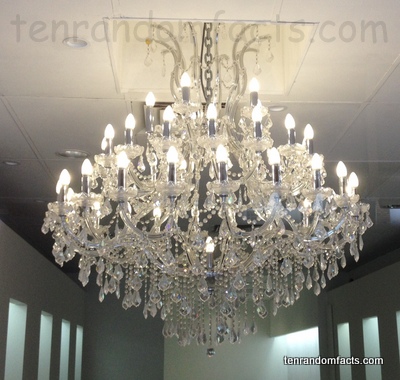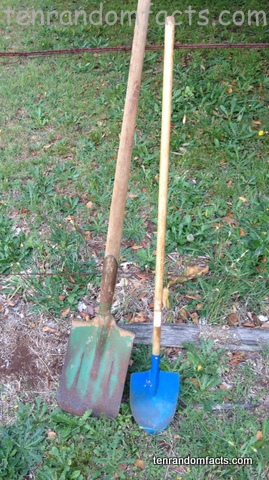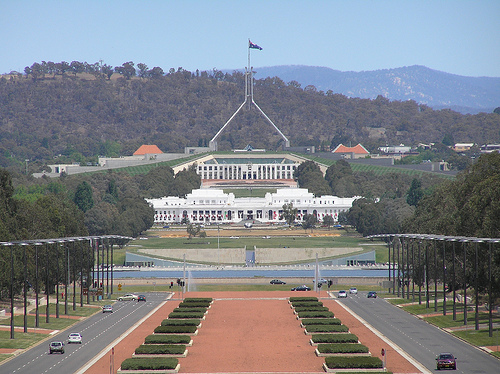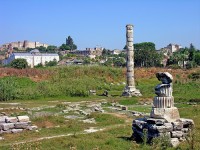
These facts are as grand as the Temple of Artemis at Ephesus.
- The ‘Temple of Artemis at Ephesus’ is also known as the ‘Temple of Artemis’ and the ‘Temple of Artemis at Ephesos’, and it has also been referred to as the ‘Temple of Diana’.
- The Temple of Artemis at Ephesus was a temple built by the Ancient Greeks to honour and worship Artemis, the goddess of fertility, the hunt and moon.
- The Temple of Artemis at Ephesus has a long history, and it is believed that in 700 BC a temple was erected on the site, and later, in approximately 550 BC, Chersiphron, an architect from Cretan, and his son Metagenes, designed and rebuilt a temple on the site, with the financial help of King Croesus (King Kroisos as he is also known) of Lydia.
- The Temple of Artemis at Ephesus was situated in the ancient city of Ephesus, which can be found near Selçuk, a town in modern Turkey.
- The Temple of Artemis at Ephesus was destroyed and rebuilt at least three times, notably damaged by a flood and by fire, and was finally torched by the Goths in 268 AD and was probably not fully rebuilt after that.
Ruins
Image courtesy of Dennis Jarvis/Flickr
- The Temple of Artemis at Ephesus was larger the last time it was believed to be rebuilt in 323 BC, with the final temple measuring approximately 137 by 69 metres (450 by 226 feet) and as high as 18 metres (59 feet), with at least 127 columns.
- The third Temple of Artemis at Ephesus is noted among the Seven Wonders of the World.
- The remains of the Temple of Artemis at Ephesus were first discovered in 1869, on a deliberate search by John Turtle Wood, who was originally an architect and engineer from Britain.
- The Temple of Artemis at Ephesus was made mostly of marble, with many sculptures of high relief throughout the temple, as well as carved columns.
- Not only was the temple used to worship Artemis, it is believed the Temple of Artemis at Ephesus was also used as a marketplace.
Bibliography:
Temple of Artemis, 2011, Kusadasi.biz, http://www.kusadasi.biz/historical-places/temple-of-artemis.html
Temple of Artemis, 2014, Wikipedia, http://en.wikipedia.org/wiki/Temple_of_Artemis






